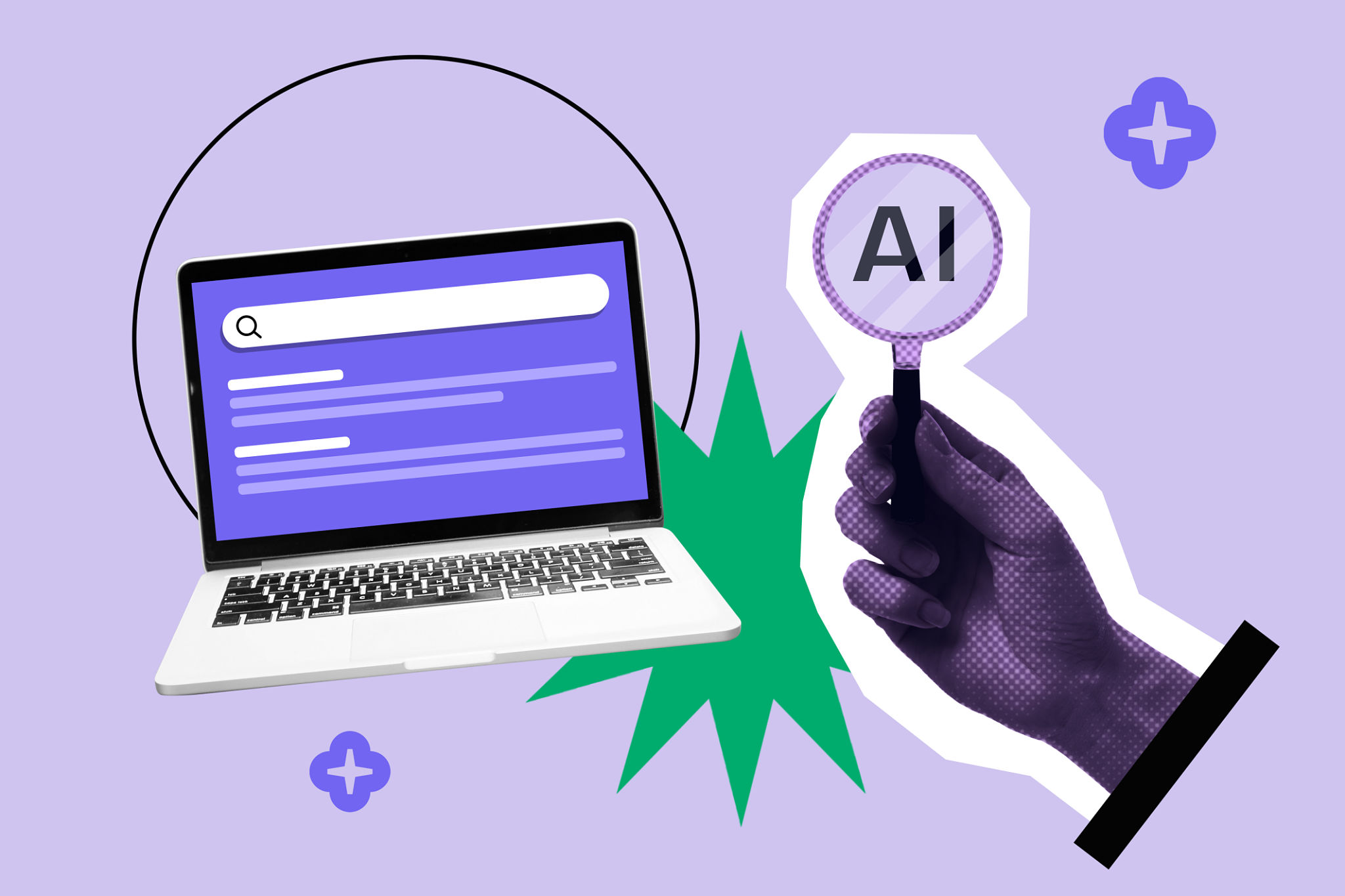Myth-Busting: Common Misconceptions About Automation in Web Design
Understanding Automation in Web Design
Automation in web design is often surrounded by a cloud of misconceptions that can deter businesses and designers from embracing its full potential. While automation can streamline processes and enhance creativity, many myths persist about its impact on the quality and originality of design work. In this blog post, we will debunk some of these common myths to help you understand the true benefits of automation in web design.

Myth 1: Automation Replaces Human Creativity
One of the most prevalent myths is that automation takes over the creative process, leaving no room for human input. In reality, automation serves as a tool to enhance creativity. By automating repetitive tasks, designers can focus more on the creative aspects of a project. For example, automated color palette generation can inspire new design ideas by providing combinations that a designer might not have considered.
Moreover, automation tools can handle tedious tasks like resizing images or optimizing layouts for different devices, allowing designers to invest time in crafting unique and engaging user experiences. This symbiotic relationship between automation and creativity can lead to more innovative and efficient designs.
Myth 2: Automated Designs Are Generic
Another misconception is that automated designs lack uniqueness. While automation can generate templates or basic layouts, it does not restrict customization. In fact, designers can use automation as a foundation to build upon, adding personalized touches that reflect the brand's identity.

Automation provides a starting point that can be tailored to meet specific client needs. This flexibility ensures that each design remains distinctive and aligned with the brand's voice. By using automation wisely, designers can maintain originality while benefiting from increased efficiency.
Myth 3: Automation Is Only for Large Projects
Some believe that automation is only beneficial for large-scale projects with complex needs. However, automation tools are versatile and can be applied to projects of all sizes. Whether it's a simple website for a small business or an extensive e-commerce platform, automation can improve workflow consistency and speed up production time.
- For small projects, automation can handle routine tasks like form validations or content updates.
- Larger projects can benefit from automated testing and deployment processes, ensuring quality across various stages of development.

Myth 4: Automation Is Difficult to Implement
Implementing automation might seem daunting at first, especially for those unfamiliar with the technology. However, many automation tools are designed to be user-friendly and integrate seamlessly into existing workflows. With a bit of initial setup, these tools can significantly reduce manual workload, making them accessible even for beginners.
Many platforms offer comprehensive support and resources to help users get started. By investing time in understanding these tools, designers and developers can unlock their full potential and enhance their productivity.
The Real Benefits of Embracing Automation
By dispelling these myths, it becomes clear that automation is not a threat but an ally in web design. It empowers designers to push creative boundaries while ensuring efficiency and consistency throughout the design process. Embracing automation allows both small and large projects to thrive in an increasingly competitive digital landscape.
As technology continues to evolve, so too will the capabilities of automation tools. Keeping an open mind and staying informed about these advancements can provide designers with new opportunities to innovate and excel in their craft.
